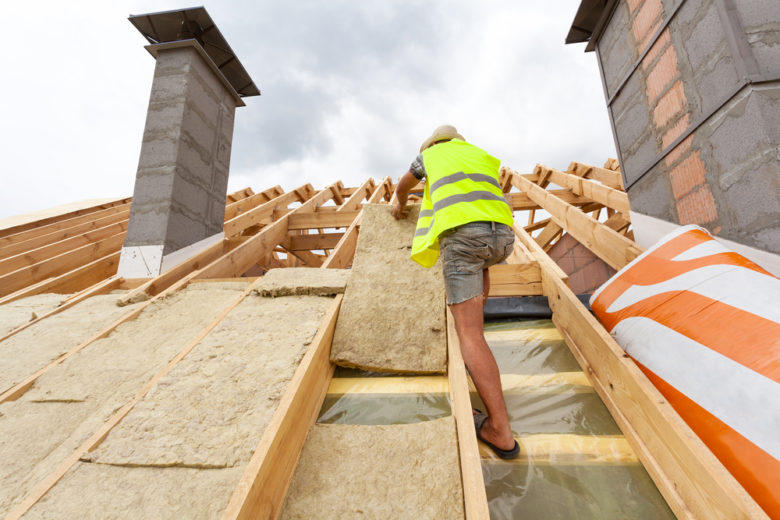When it comes to home insulation, there is plenty of insulating materials to choose from. Fiberglass, cellulose and spray foam are the most common. Of these, which is the best? Which one do I chose for my house?
Well, there is no straight answer to that. It all depends. It depends on a number of factors. Cost of course. Safety, that is, how combustible the insulator is. The effectiveness of the insulator the matters. Also, factor in the ease of installation. While some are DIY others will require professional installation.
That said, let’s explore these three types of home insulations. Features, R-values, installation requirements, pros and cons of each, and finally where best they can be used. Hopefully by the end of it you will be able to make an informed decision.
Cellulose insulation.
Cellulose is one of the oldest insulators. It consists of small particles of paper, cloth or wood, treated with inflammable substance. It creates some sort of virtual blanket on the arears it is used. It is very effective as the closely packed particles prevent to air leakage to a great degree.
R value:
3.6 per inch. This is a relatively good thickness and offers great thermal resistance making it ideal for most regions, mild or extreme.
Best for:
the attics and sometimes the walls.
Installation:
Pressure hoses blow the cellulose particles into the attic or the wall spaces. Installation is as simple as that and you can do it on your own.
Pros: – Easy to upgrade, installation is easy and not disruptive, soundproofing properties that reduce noise.
Cons: – In case of any water leakage it does not dry easily causing growth of toxic molds.
Fiberglass insulation
The cheapest and most commonly used home insulation. It is made of a layer of spun glass fibers fitted in between foil backing giving it a cotton like appearance.
R value:
2.9-3.8 per inch.
Best for:
Attics and floors. Sometimes it may be used for basements and crawlspaces.
Installation:
Fiberglass comes in rolls and can be easily rolled into the place that requires insulation. However, the fibers can irritate the skin hence the person installation should wear protective gear. Also, ensure it is well walled in since any gaps allow air convection leading to heat loss.
Pros: very affordable, easy and direct insulation procedure.
Cons: relatively low R values which discourage use in extreme conditions,
Spray Foam Insulation
Is a product of mixing two chemicals forming foam which is sprayed onto the surfaces to be insulated. Upon application it expands filling the cracks and gaps tightly. This makes it a very effective insulator. It comes in two forms, closed cell and open cell.
R value:
Open cell has R value of 3.5 per inch and 6.0 per inch for closed cell spray. This makes the closed cell spray foam a very effective insulator.
Best for:
Roof and cracks and gaps on walls.
Installation:
The form is sprayed into the cracks and underneath the roof. As it dries up it expands forming a solid substance that holds tightly onto the surface. It totally cuts off air leakage.
Pros: closed cell with the highest R value is a very effective insulator, the material is resistant to fire and not affected by moisture or microorganisms.
Cons: very expensive, requires the involvement of trained personnel to install.
Conclusion
The cardinal rule is, the best thing is that which best works for you. No home insulator is superior or inferior to another. Each has its own strengths and weaknesses, and best suited for given areas. In the question of cellulose insulation vs fiberglass insulation vs spray foam insulation, select one with that works for roof maintenance in your context.
F. Aldea is Marketing communications consultant at Linked agency, an Ireland-based advertising consumer experience consultancy that improves agencies in the Ireland generate excellent client experiences.
